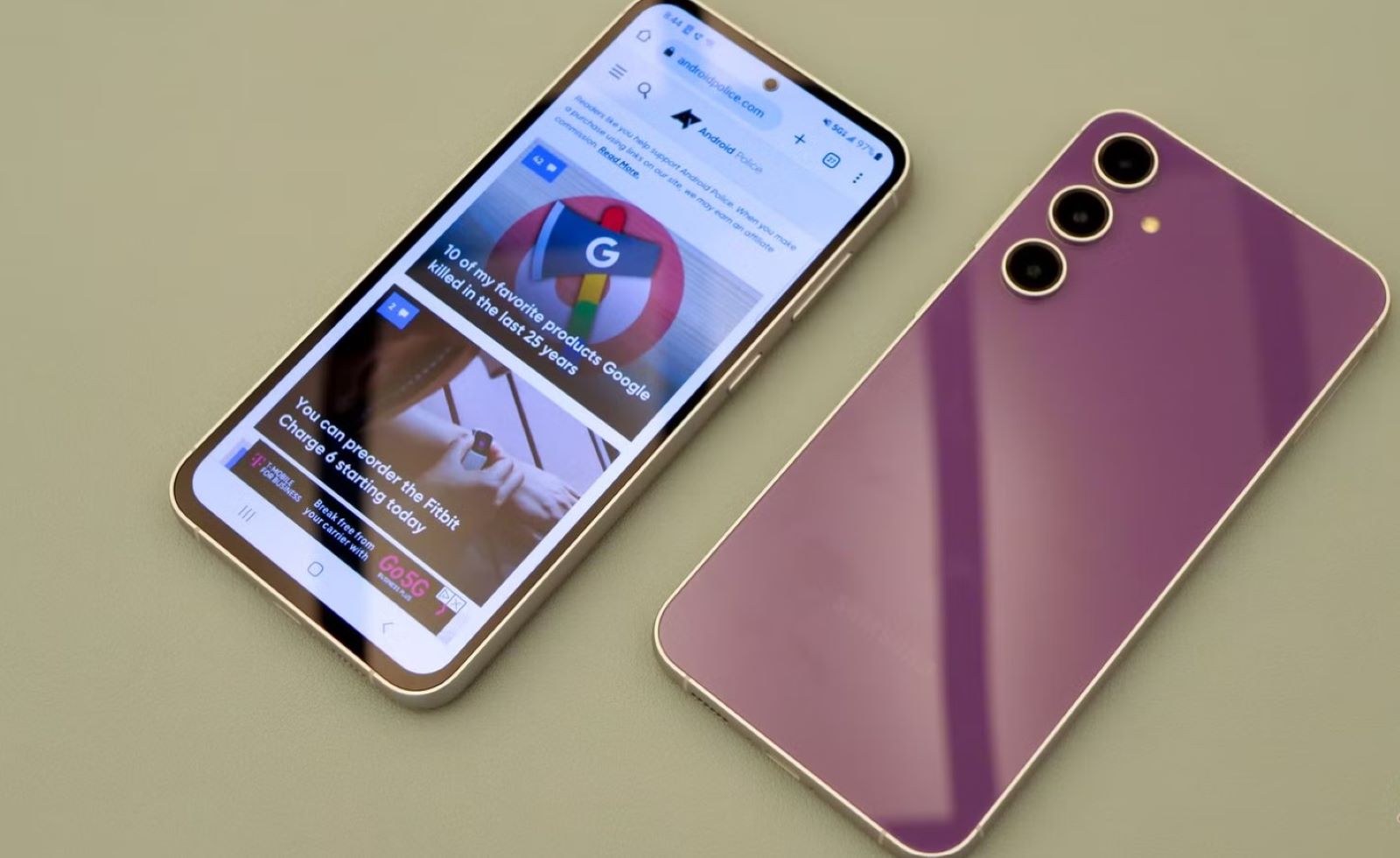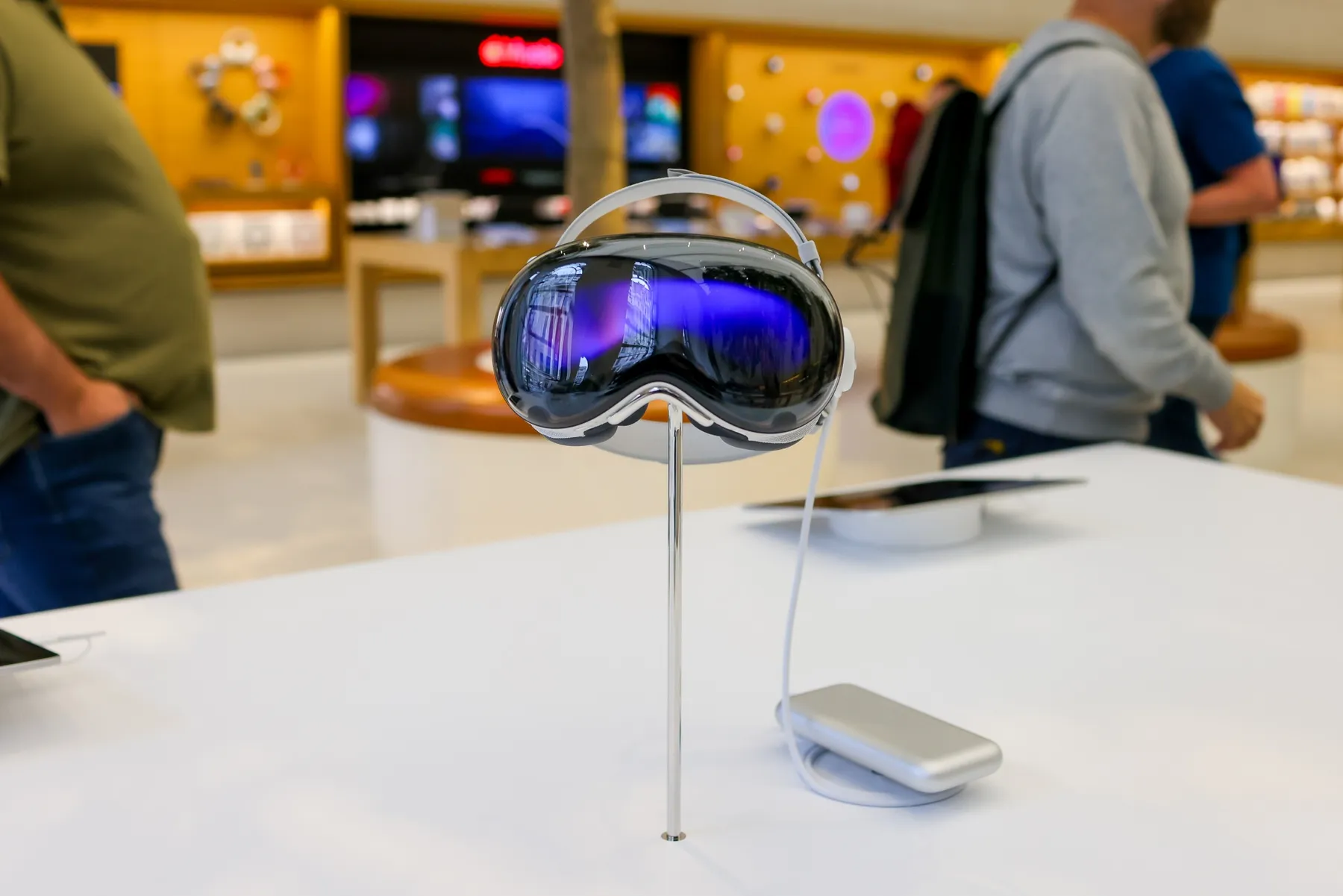For many, Android Auto is an indispensable companion on the road, seamlessly integrating our smartphones with our car’s infotainment system. However, recent months have seen a surge in complaints from users wrestling with persistent audio stuttering and intrusive error messages, disrupting the driving experience. Thankfully, Google has stepped up to address these issues with a fresh round of updates. This article delves deep into the problems plaguing Android Auto, explores the solutions rolled out by Google, and offers practical tips to enhance your in-car entertainment experience.
The widespread reports of audio stuttering and error messages began surfacing earlier this year, affecting a broad spectrum of Android Auto users. These glitches transcended specific phone models, car manufacturers, or Android versions, suggesting a deeper, systemic issue within Android Auto itself. Imagine this: you’re cruising down the highway, your favorite playlist setting the mood, when suddenly the music starts to stutter, breaking the flow and fraying your nerves. Or worse, an error message pops up, obscuring your navigation or interrupting a crucial phone call. These issues not only detract from the enjoyment of using Android Auto but also pose a potential safety hazard by distracting drivers. Recognizing the severity of these problems, Google swiftly responded with targeted updates aimed at squashing these bugs and restoring a smooth, enjoyable Android Auto experience.
Deconstructing the Audio Stuttering Issue
The audio stuttering bug manifested in various ways, from intermittent skips and stutters to complete audio dropouts. This frustrating issue impacted music playback, podcasts, audiobooks, and even phone calls, severely hindering the primary functions of Android Auto. Many users reported that the stuttering worsened when using navigation or other resource-intensive apps simultaneously. This led to speculation that the issue stemmed from Android Auto struggling to manage system resources effectively.
Dissecting the Error Message Mayhem
Alongside audio glitches, users were bombarded with a variety of error messages, often cryptic and unhelpful. Messages like “Connection Error,” “Device not supported,” or “Android Auto encountered an error” became commonplace, leaving users bewildered and frustrated. These errors often disrupted core functionalities, preventing users from accessing navigation, making calls, or even playing music.
Google’s Counteroffensive: Updates to the Rescue
Acknowledging the widespread frustration, Google promptly released a series of updates to tackle these issues head-on. These updates focused on optimizing resource management, improving app compatibility, and enhancing overall system stability. While Google hasn’t divulged the precise technical details of these fixes, user feedback suggests significant improvements in both audio performance and error frequency.
Here’s a breakdown of the key changes:
- Enhanced Resource Management: The updates likely include optimizations to how Android Auto allocates system resources, ensuring smoother multitasking and reducing the likelihood of audio stuttering when running multiple apps concurrently.
- Improved App Compatibility: Google likely addressed compatibility issues between Android Auto and various music streaming apps, navigation apps, and other popular Android apps.
- Bug Fixes and Stability Enhancements: The updates likely included targeted bug fixes to address the root causes of the error messages and improve the overall stability of the Android Auto system.
User Experiences Post-Update: A Mixed Bag
While many users have reported significant improvements after installing the latest updates, some still face occasional hiccups. This suggests that the fixes might not be universally effective, potentially due to the wide range of devices, car models, and individual usage patterns.
Personally, I’ve noticed a marked improvement in my Android Auto experience after the updates. The audio stuttering I frequently encountered during long drives has virtually disappeared, and I haven’t encountered any error messages in weeks. However, I’ve seen reports on Reddit and online forums from users who still face occasional issues.
This variability highlights the complexity of the problem and the challenges in developing a one-size-fits-all solution.
Tips for a Smoother Android Auto Experience
While the recent updates have addressed many of the core issues, here are some proactive steps you can take to further optimize your Android Auto experience:
- Keep Your Apps Updated: Ensure all your apps, especially those you frequently use with Android Auto, are updated to their latest versions. App developers often release updates to improve compatibility and performance with Android Auto.
- Check Your Phone’s Storage: Insufficient storage space on your phone can impact Android Auto’s performance. Clear out unnecessary files and apps to free up space.
- Optimize Your Phone’s Battery Settings: Some battery optimization settings can interfere with Android Auto’s background processes. Consider adjusting these settings to ensure Android Auto has unrestricted access to system resources.
- Use a High-Quality USB Cable: A faulty or low-quality USB cable can cause connectivity issues and affect audio quality. Opt for a reliable, high-speed USB cable specifically designed for data transfer.
- Restart Your Devices: A simple restart of your phone and car’s infotainment system can often resolve temporary glitches and improve performance.
- Report Issues to Google: If you continue to experience problems, report them directly to Google through the Android Auto app. This valuable feedback helps Google identify and address remaining bugs.
The Road Ahead for Android Auto
Despite the recent challenges, Android Auto remains a powerful and convenient platform for integrating our digital lives with our driving experience. Google’s proactive response to user feedback demonstrates their commitment to continuously improving and refining the platform.
Looking ahead, we can expect further enhancements to Android Auto, including:
- Enhanced Voice Control: Improvements to Google Assistant integration will enable more intuitive and seamless voice control of navigation, music, and communication.
- Wider App Support: Expanding app compatibility to encompass a broader range of categories, including productivity and entertainment apps.
- Deeper Car Integration: Increased integration with car systems, allowing control of climate control, seat settings, and other vehicle functions directly through Android Auto.
By staying responsive to user feedback and pushing the boundaries of innovation, Google can ensure that Android Auto remains a leader in the in-car infotainment space.








